Met coal prices are surging as tight supply meets increased demand from India
Steel making is responsible for 7-8% of global CO2 emissions, mostly from burning coal in blast furnaces
Researchers say new blast furnace construction could outstrip green steel developments 2.5 times over
Take your green energy transition and flush it down the toilet if Chinese and Indian steelmakers continue with ambitious plans which would see new blast furnace capacity grow at 2.5x the rate of green steel technologies.
While legacy steel producers in the west have begun the process of shifting to low-carbon technologies, led by Sweden where steel makers have pledged over 20Mt of green iron and steel developments, they are dwarfed by new coal-based steel mills planned in China and India, the world’s largest and fastest growing producers of crude steel respectively.
According to a new report from the Global Energy Monitor, nearly 80% of the steelmaking capacity of the world’s top 50 steel producers is BF-BOF based, above the global average of 67%.
And just 17 of them have carbon neutrality targets for the middle of this century, with only 16 committed to a 2050 net zero target. That leaves over 530Mtpa of steel capacity from major players unbudgeted in terms of carbon intensity out to 2050 — over 25% of current demand — with the steel sector responsible for around 7-8% of global CO2 emissions.
According to GEM and the Leadership Group for Industry Transition, newly announced blast furnace capacity clocks in at 208.2Mtpa, dwarfing new low emissions steel capacity of just 83.6Mtpa. That’s on top of the 68.1Mtpa of blast furnaces currently under construction, the report said.
“The outplay of the emissions-intensive planned new capacity challenges the ability of the steel sector to decarbonise,” they said.
“A new blast furnace that is serviced and refurbished could operate for up to 40 years.
“In practice, this means that a blast furnace starting operations in 2025 could potentially continue production until 2065. Since options to decarbonise blast furnaces are limited, steel producers could be at risk of perpetuating emissions-intensive steel production and preventing the green steel transition from progressing (i.e. a technology carbon lock-in).”
Strange bedfellows
Such predictions have green groups and coal producers ironically singing dreadfully out of tune from the same hymn sheet.
While activist and climate reporting agencies are warning of the reality of the slow progress of the green steel technology shift, met coal producers are seeing opportunity.
Indeed, Whitehaven Coal’s (ASX:WHC) decision to pay up to $6.4 billion of BHP (ASX:BHP) and Mitsubishi’s Daunia and Blackwater mines and take its met coal revenue share to 70% of earnings was an admission that while thermal coal will be challenged by solar, wind and nuclear energy, steelmaking coal’s swan song will take decades to reach a coda.
Coronado Global Resources (ASX:CRN) CFO Gerhard Ziems said Australia would be the necessary source of met coal supply for India’s expanding steel market.
“As we look more longer term you see the AME forecast in the pack estimates global met coal demand to more than double to nearly 700 million tonnes by 2050, led primarily by blast furnace steel production in India,” he said on an earnings call this morn.
“India is expected to lead all countries in import demand growth due to its significant industrialisation plans over the next two decades.
“India export met coal demand is forecast to increase, well almost quadruple, by 281% by 2050, the majority of which will need to be filled by supply growth out of Australia.
“Production from Australia will need to increase by 140% from existing levels over the time, structurally a lack of supply should ensure higher prices for longer, which places more emphasis on companies like us to continue operating and developing our long term, long life running 20 plus years assets.”
Coronado, which owns mines in the US and the Curragh mine in Queensland, has delivered saleable production of 11.9Mt and group ROM production of 19.3Mt in 2023 so far, up 2.2% and 3.7% respectively against mining costs of US$105.5/t.
3.7Mt and 5.9Mt of that came in the September quarter, though that was down on the June quarter and CRN has reduced guidance after geological issues at its Buchanan mine in the States and a mechanical failure on a dragline at Curragh.
But its sales volumes were up 3.4% QoQ to 4.1Mt, with Australian sales rising 5.1% to 2.6Mt.
CRN pulled in an average realised price of US$207.4/t, down 5.5% QoQ, though Australian prices of US$236.2/t were largely unchanged from the previous quarter despite an 8.6% lift in the hard coking coal index to US$263.6/t due to lower realisations impacted by lagging prices on coal cargos.
That translated to US$718m in September quarter revenue, with CRN sitting on US$337m in cash and net cash of US$95m, with its US$2.2b revenue haul so far this year second only to 2022.
Realisations to improve
The company says realisations should improve in the December quarter as buyers look to hoover up tightly supplied material.
Aussie met coal pricing has hit US$342/t, with US prices up to US$260, with the Singapore futures curve projecting prices of US$310/t for the rest of 2023 and US$280/t in 2024.
Ziems said restocking from steelmakers and port constraints and maintenance disruptions in Queensland had combined to push up prices.
Australian met coal exports in FY23 fell from 163Mt to 157Mt, a level not seen since 2013, but are expected to rebound to 172Mt this year according to Canberra estimates.
Other private investors see a continued future in Aussie met coal, notably Czech family office Sev.en Global Investments, which acquired Energy and Minerals Group’s 51% stake in Coronado on September 25.
Sev.en, which also has investments in US met coal mines, the Vales Point and Callide C coal power stations in Australia and the Lake Wells potash project in WA, said in a statement after the acquisition that met coal “is a crucial resource material to satisfy the global growing demand for steel with end use benefits in renewable and critical infrastructure.”
CEO Alan Svoboda said the investor wanted to help CRN strengthen its position in the US and Aussie markets.
Coronado Global Resources (ASX:CRN) share price today
The post Ground Breakers: Met coal prices are surging, and heavy emitting steel makers are giving it a long runway appeared first on Stockhead.



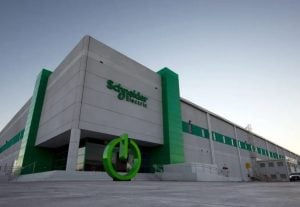

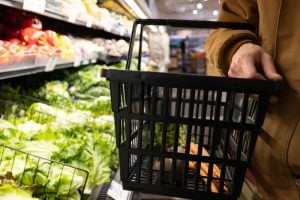
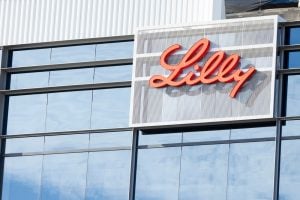



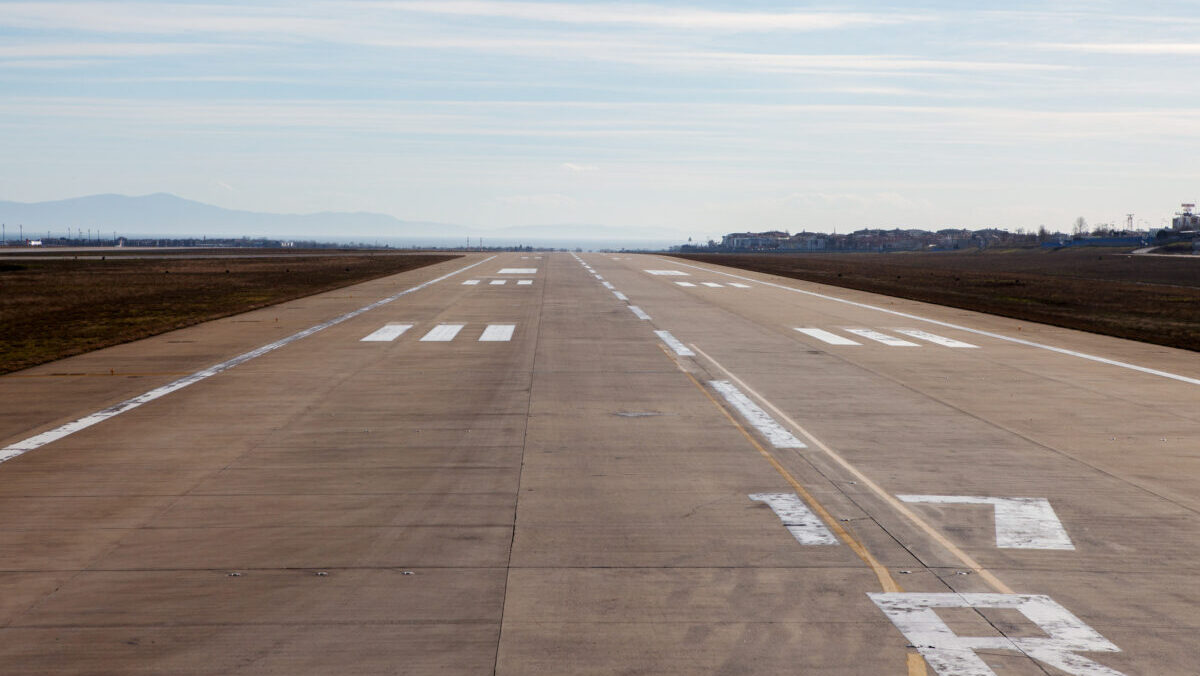
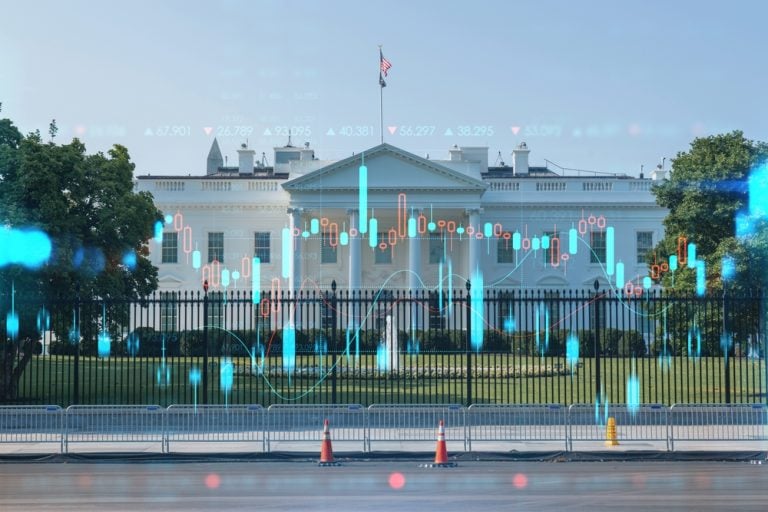
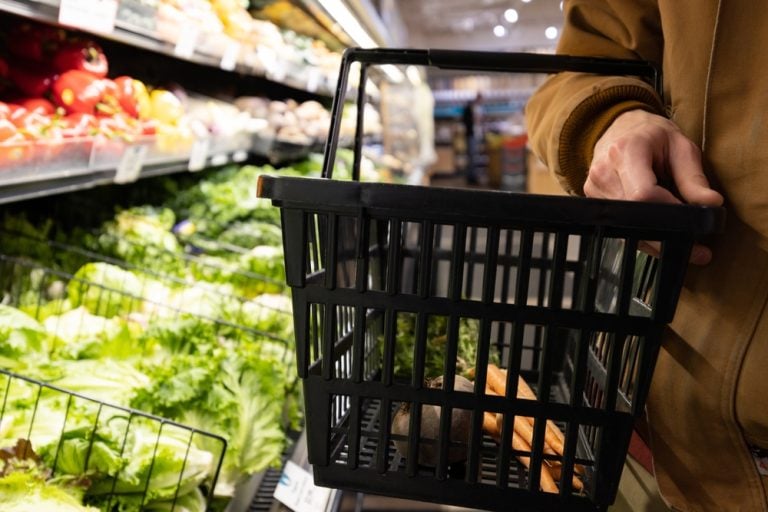
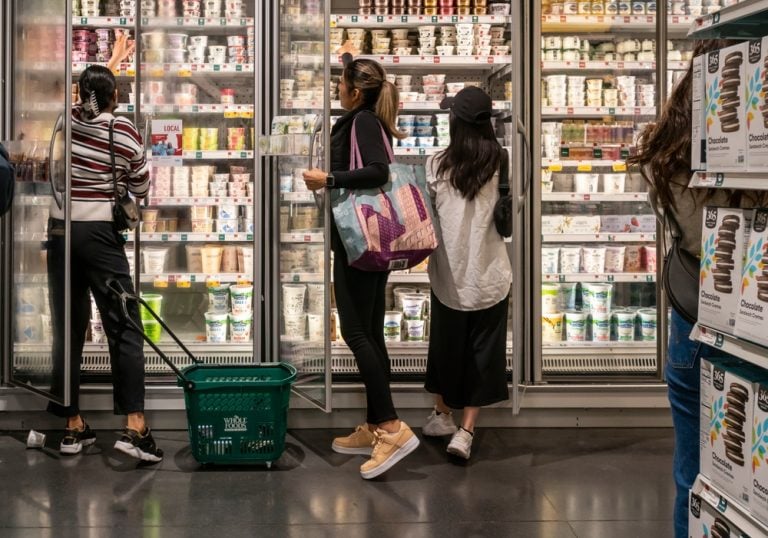






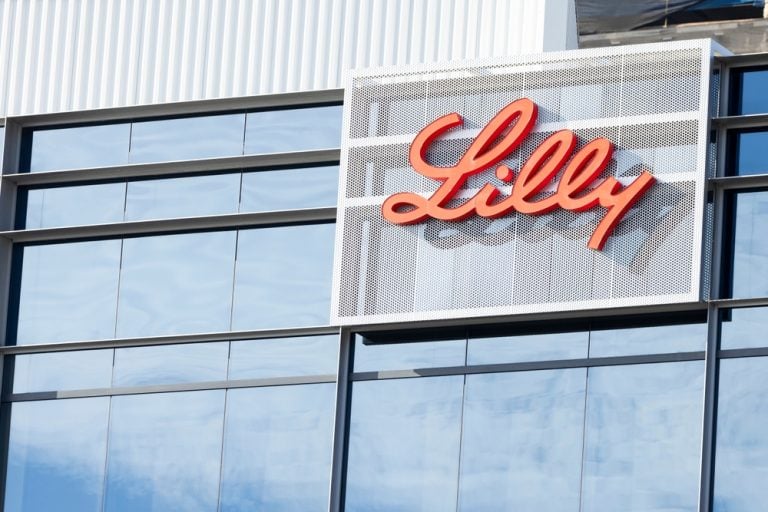
+ There are no comments
Add yours